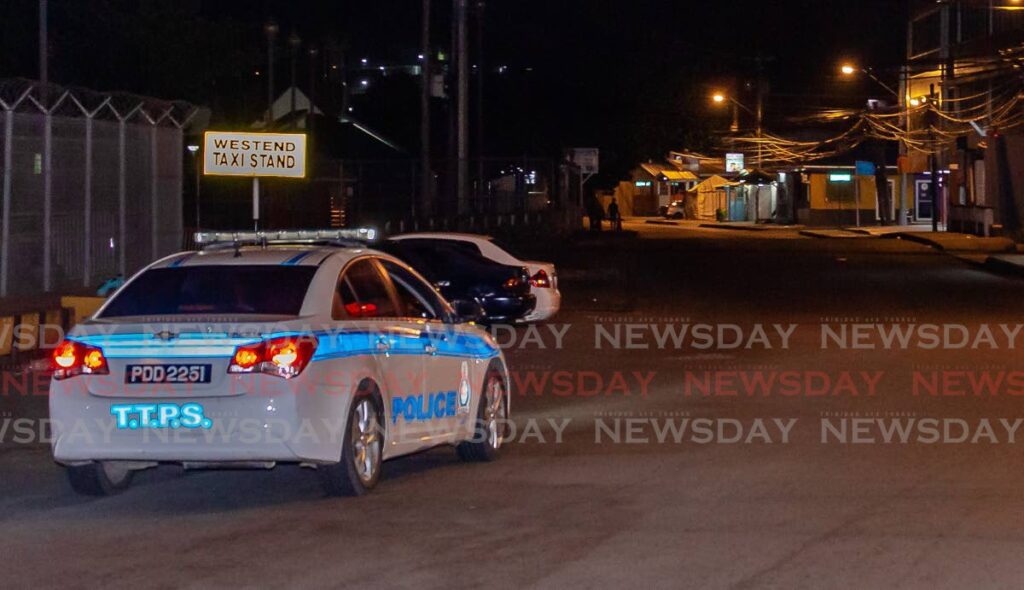Fleeing from racism and crime
Written by Newsday on January 23, 2025

Jerome Teelucksingh
MANY PEOPLE in TT have relatives or friends, of Indian descent, who reside in Canada. During the 19th and early 20th centuries, these Caribbean migrants were “invisible” and often casually identified or referred to as “Indian” or “South Asian.”
Among these early migrants in Canada was Kenneth Mahabir, a Trinidadian in 1908. In the first half of the 20th century, the Indo-Caribbeans comprised people who graduated from Canadian universities and who eventually successfully applied for Canadian citizenship.
A significant majority migrated due to economic reasons. The low wages, unemployment and deplorable social services were push factors in the Caribbean exodus.
Before departing for Canada, a significant percentage of the Indo-Caribbeans benefited from educational institutions in the Caribbean founded by the Presbyterian missionaries from Nova Scotia and New Brunswick.
These Canadians built primary and secondary schools in the British West Indian colonies of British Guiana (Guyana) and TT in the late 19th and early decades of the 20th centuries.
During the 1970s and 1980s, thousands of Indo-Trinidadians and Indo-Guyanese flocked to Canada to escape racism in their homelands.
During the 1960s to 1980s, Afro-Caribbean leaders as Eric Williams (of TT) and Linden Forbes Burnham and Hugh Desmond Hoyte (of Guyana) were either unable to promote ethnic harmony or deliberately fuelled racial animosity. The politics of race resulted in further tensions between people of African and Indian descent.
Race riots in Guyana during the 1960s and discrimination forced hundreds of Indians to hurriedly seek refuge in the nearby US and Canada.
During the 1990s, crime in TT was a push factor that resulted in some Indo-Trinidadians deciding to seek solace in Canada. In an interview in July 1993, in the Express, Basdeo Panday provided a valid reason for migration, “There’s the perception that Indians are wealthy, and because bandits rob those with money, Indians begin to see themselves as potential victims. Many Indians who left Trinidad to go Toronto gave up big jobs because they were afraid of violence.”
In 2025, little has changed as crime continues to be a factor in outward migration.
Where did most of these Indo-Caribbean migrants reside in Ontario? They chose major urban centres. For example, in Toronto there are heavy concentrations of Indo-Trinidadian professionals such as teachers and doctors in the suburban areas of Markham, Oakville and Richmond Hill.
Some initially lived in working class neighbourhoods as Brampton and Mississauga, and as they became wealthier they relocated to suburban areas.
In the post-1980s, the Indo-Caribbean population was not only concentrated in Ontario, but had established a noteworthy presence across the Canadian provinces.
In the post-1970 era, these resilient migrants formed their own support and cultural groups. Organisations emerged in Canada and the US that catered for these ethnic minorities. Some included the Indo-Caribbean Community Development Association, Naparima Alumni Association of Canada, Brown Gyal Diary, Coalition of Indo-Caribbean Canadians, and the Indo-Caribbean Canadian Association.
These groups provided support and solidarity among the Indian diaspora, and were used as agencies to maintain their cultural base.
In 2025 there is a lack of accurate data to gauge the growth and number of people of Indo-Caribbean ancestry living in Canada. There is also a need for databases to preserve the legacy of this ethnic minority. Thus, there is the urgency to record the presence and contributions of the expanding Indo-Caribbean population in Canada. What are the suggestions?
Contacting interested Indo-Caribbeans would mean advertisements in local and West Indian newspapers and also issuing hundreds of letters to religious, sporting and cultural organisations. Also, retail outlets and non-governmental organisations, particularly in West Indian communities, would need to be contacted.
Accessing newspapers as Caribbean Camera and Indo-Caribbean World, coupled with online queries in chat rooms, blogs, and social networking sites could provide valuable clues in reconstructing family histories. Relevant proceedings from radio stations as 100.7 FM, WTOR 770 AM, and CHIN 1540 AM, coupled with television stations as Vision TV, should be in libraries with West Indian collections.
Archivists and librarians need to contact former and current members of Indo-Caribbean Canadian organisations to obtain photographs, membership lists, bulletins, newspaper clippings and programmes of special events. This resource network is crucial in attempting to discover or unearth a missing branch of a family tree.
Migrants and their children who are not members of such organisations must be encouraged to record their life stories, donate diaries, slides, negatives, family albums, postcards and correspondence to libraries and archives. These will be particularly useful in building comprehensive databases in Canada.
The post Fleeing from racism and crime appeared first on Trinidad and Tobago Newsday.




